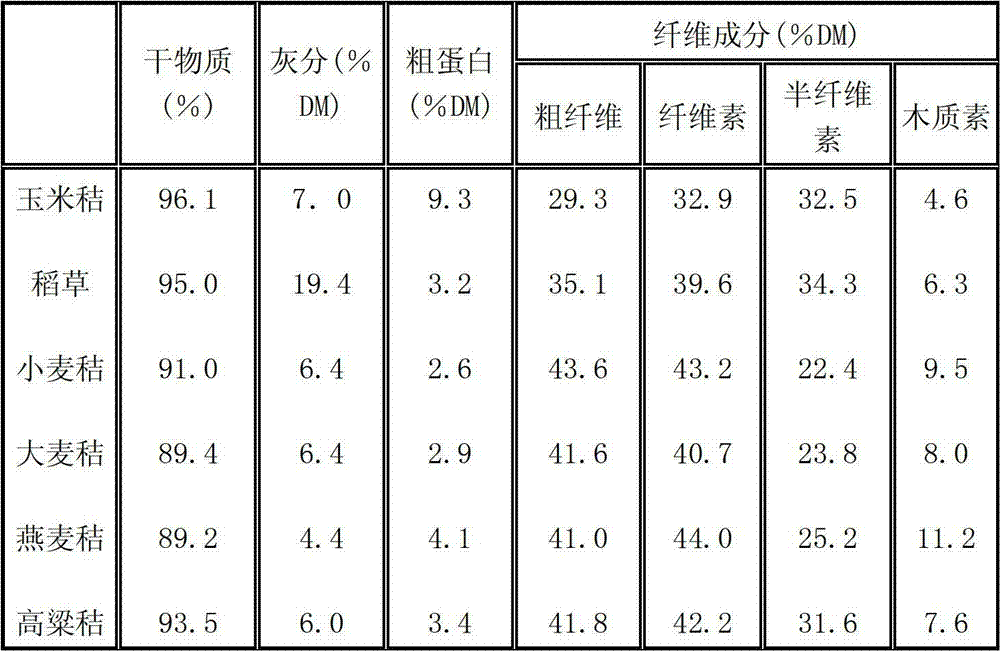Quick and intensive straw management method based on ecological conversion via housefly metabolism
A straw and housefly technology, applied in the fields of housefly breeding and waste utilization, can solve the problems of low participation enthusiasm, high storage costs, and high transportation costs, so as to promote the growth function of livestock and poultry, improve the pellet structure, and increase returns rate effect
- Summary
- Abstract
- Description
- Claims
- Application Information
AI Technical Summary
Problems solved by technology
Method used
Image
Examples
Embodiment 1
[0052] Embodiment 1 of the present invention: the method for rapid and intensive management of straw (such as sorghum straw) mainly based on the metabolic ecological transformation of housefly comprises the following steps:
[0053] (1) Collection of fly species and clean rearing and domestication: collect local wild houseflies, carry out biological identification according to Fan Zide's "Chinese Common Flies Index", place them in 80cm×30cm×30cm stainless steel wire clean insect breeding cages, adult flies with Raised with milk powder and brown sugar at a mass ratio of 1:1, the larvae were cultured cleanly with wheat bran, the indoor temperature was 20°C-30°C, the relative humidity was 60%-80%, and the light rhythm was based on the local environment. Breed in about 65% wheat bran, collect 3rd instar larvae weighing ≥ 20 mg on the 5th day to pupate in 15% water bran, then select oval-shaped pupae about 6.0 mm in length and place them in clean breeding cages to emerge into flies....
Embodiment 2
[0061] Embodiment 2 of the present invention: the method for rapid and intensive management of straw (such as wheat straw) mainly based on the metabolic ecological transformation of housefly comprises the following steps:
[0062] (1) Collection of fly species and clean rearing and domestication: collect local wild houseflies, carry out biological identification according to Fan Zide's "Common Flies Key in China", and then according to the environmental conditions of natural reproduction of local houseflies, adult flies with a mass ratio of 1: 1 milk powder and brown sugar, the larvae are cleanly cultured with wheat bran, and passed down naturally for more than 5 generations, so that they have stable reproductive characteristics in an intensive breeding environment.
[0063] (2) Transformation of straw to adapt to the induction and stabilization of fly strains: crush the straw mechanically to 50-800 mesh to destroy the lignin structure, then add wheat bran and water to prepare ...
Embodiment 3
[0070] Embodiment 3 of the present invention: the method for rapid and intensive management of straw (such as cotton straw) mainly based on the metabolic ecological transformation of housefly comprises the following steps:
[0071] (1) Collection of fly species and clean breeding and domestication: collect local wild houseflies for biological identification, then feed adult flies with milk powder and white sugar with a mass ratio of 1:1, and cleanly breed larvae with wheat bran for more than 5 generations of natural passage. It has stable reproductive characteristics in an intensive breeding environment.
[0072] (2) Transformation of straw to adapt to the induction and stabilization of fly strains: Mechanically crush the straw to 50-800 mesh to destroy the lignin structure, then add wheat bran and water to prepare a straw compost with a water content of 50%-90%. Under the conditions of temperature 20-30°C and relative humidity 50%-80%, the housefly larvae domesticated in step...
PUM
 Login to View More
Login to View More Abstract
Description
Claims
Application Information
 Login to View More
Login to View More - R&D
- Intellectual Property
- Life Sciences
- Materials
- Tech Scout
- Unparalleled Data Quality
- Higher Quality Content
- 60% Fewer Hallucinations
Browse by: Latest US Patents, China's latest patents, Technical Efficacy Thesaurus, Application Domain, Technology Topic, Popular Technical Reports.
© 2025 PatSnap. All rights reserved.Legal|Privacy policy|Modern Slavery Act Transparency Statement|Sitemap|About US| Contact US: help@patsnap.com

